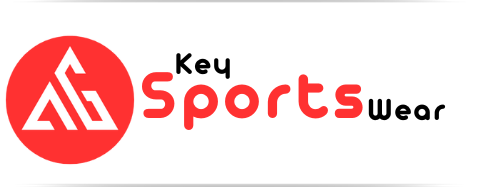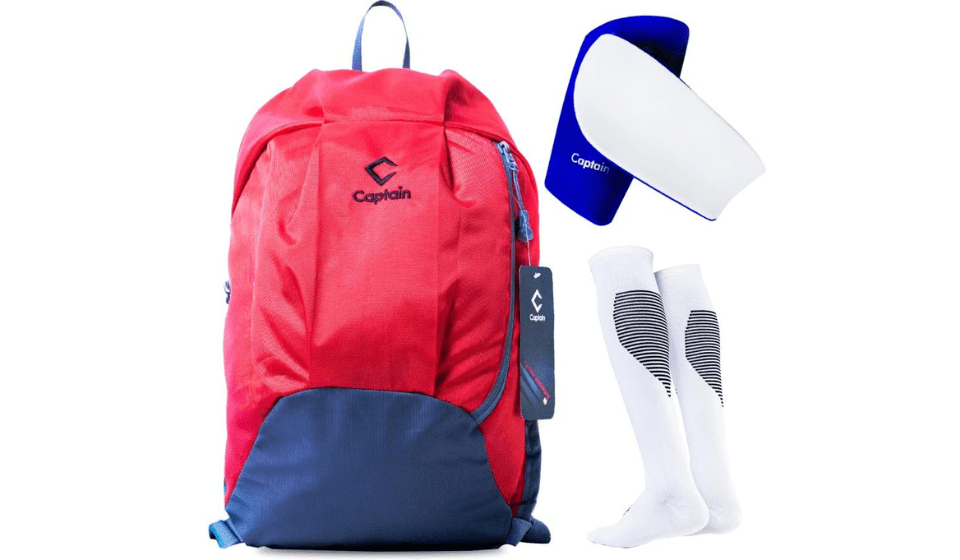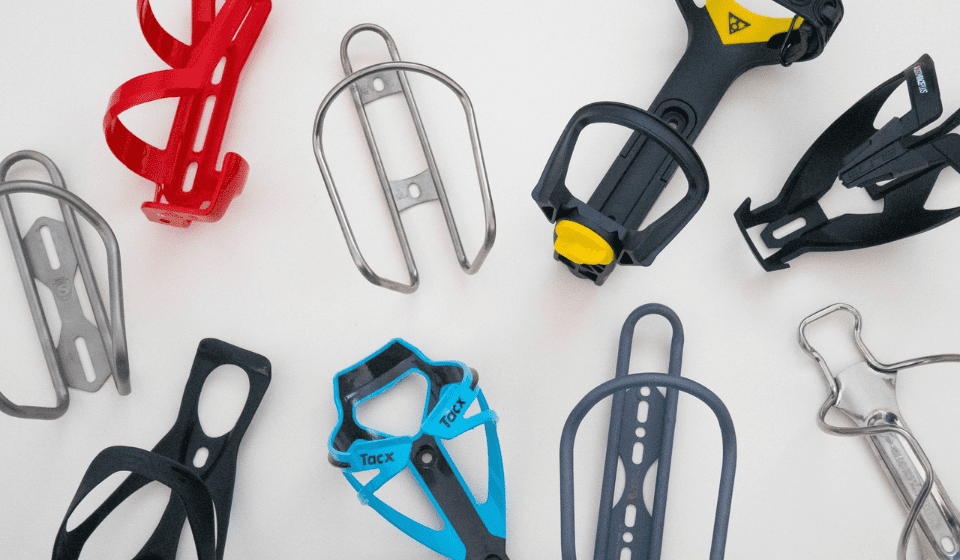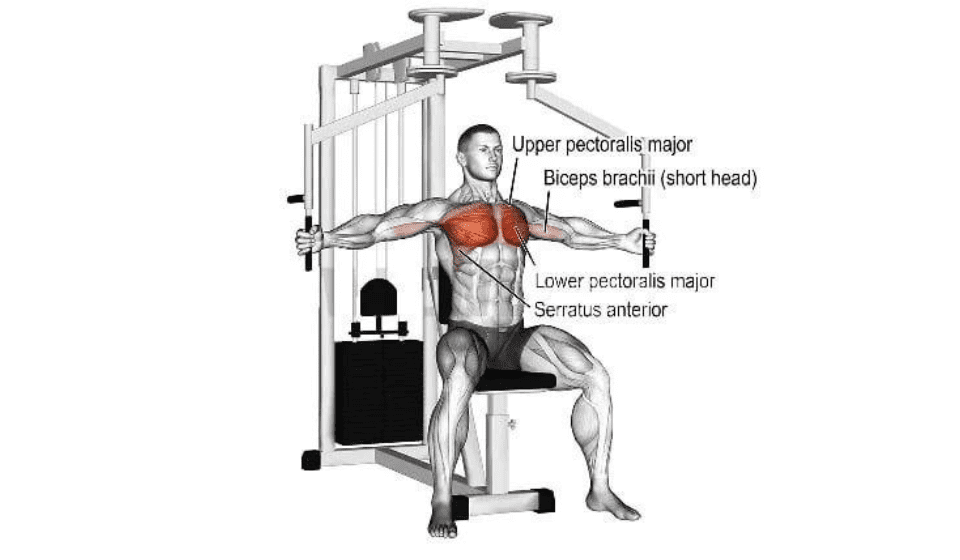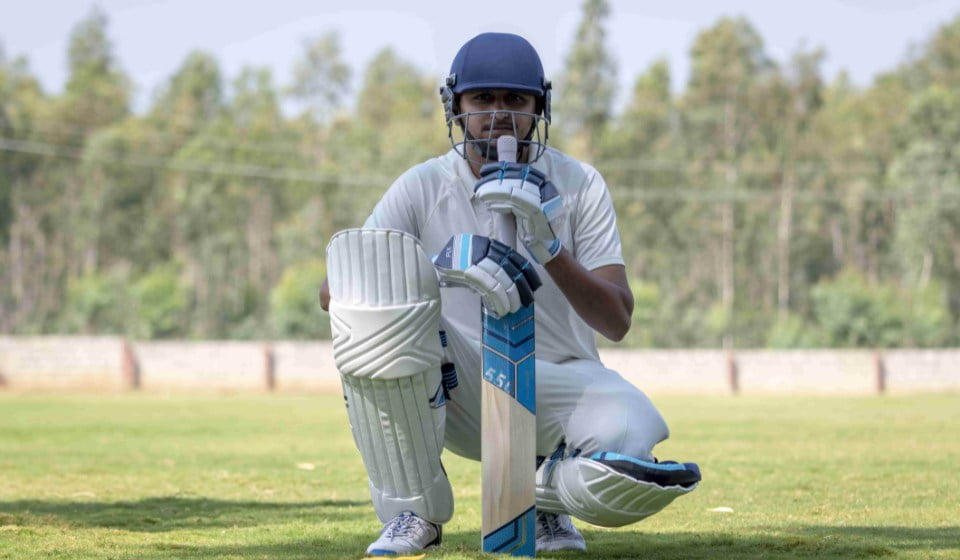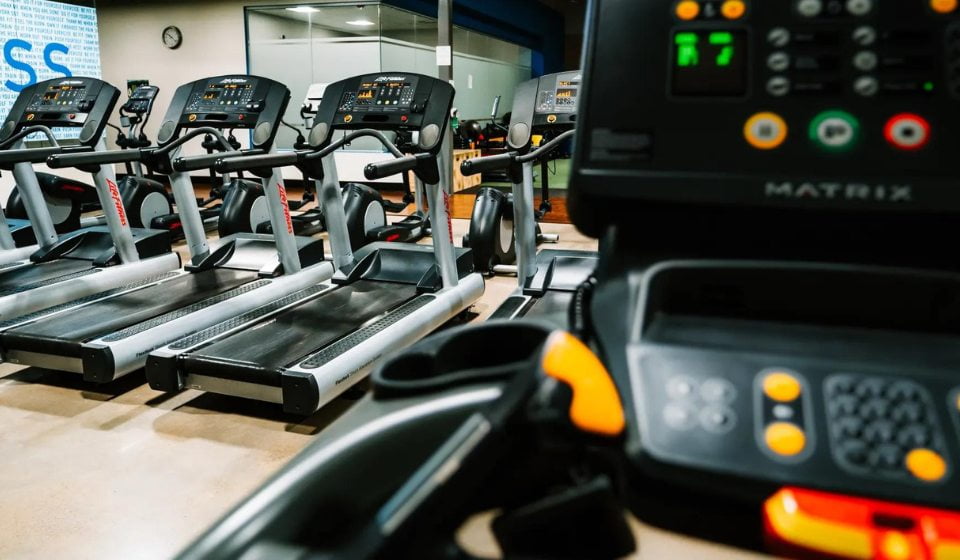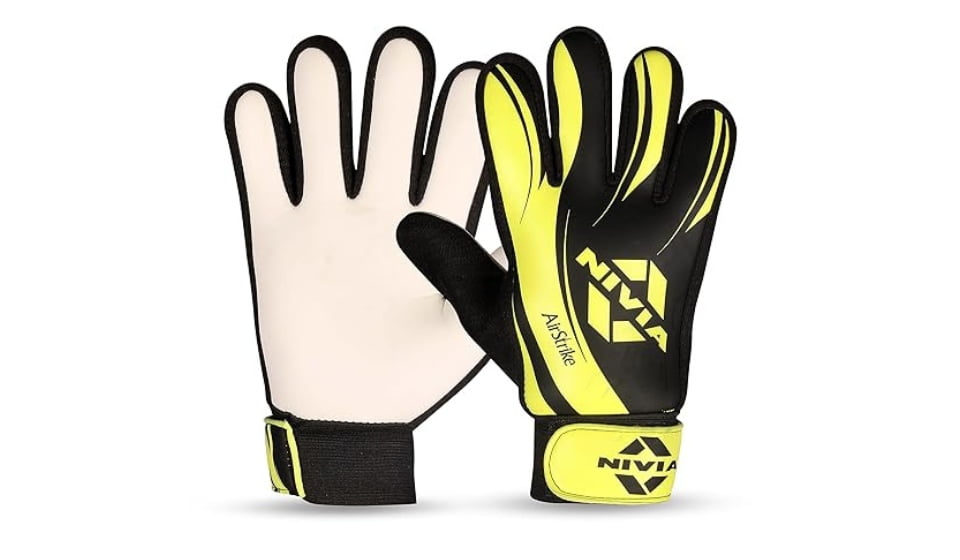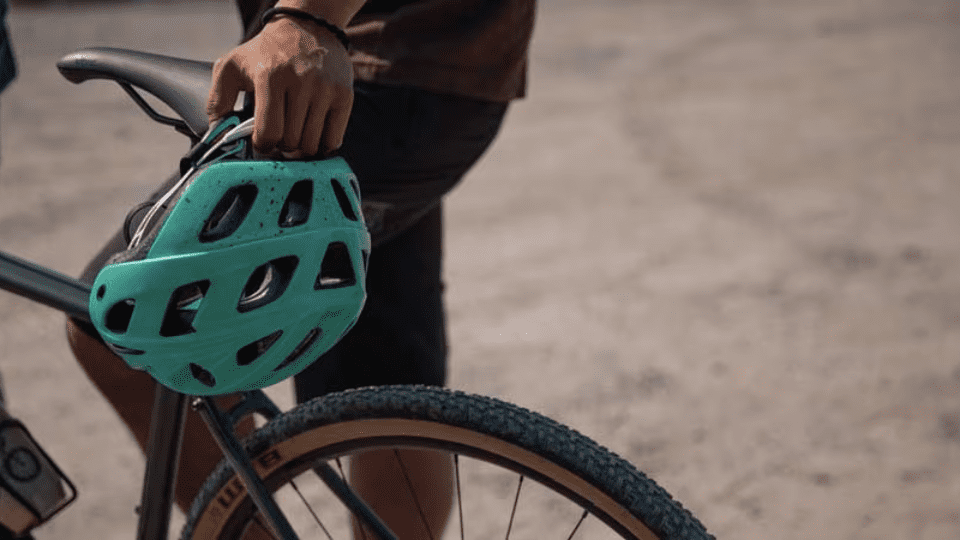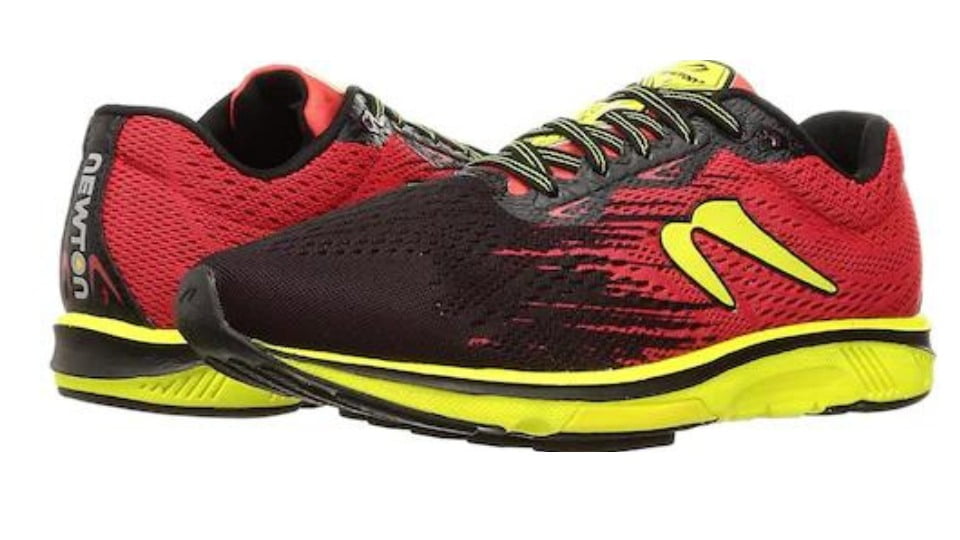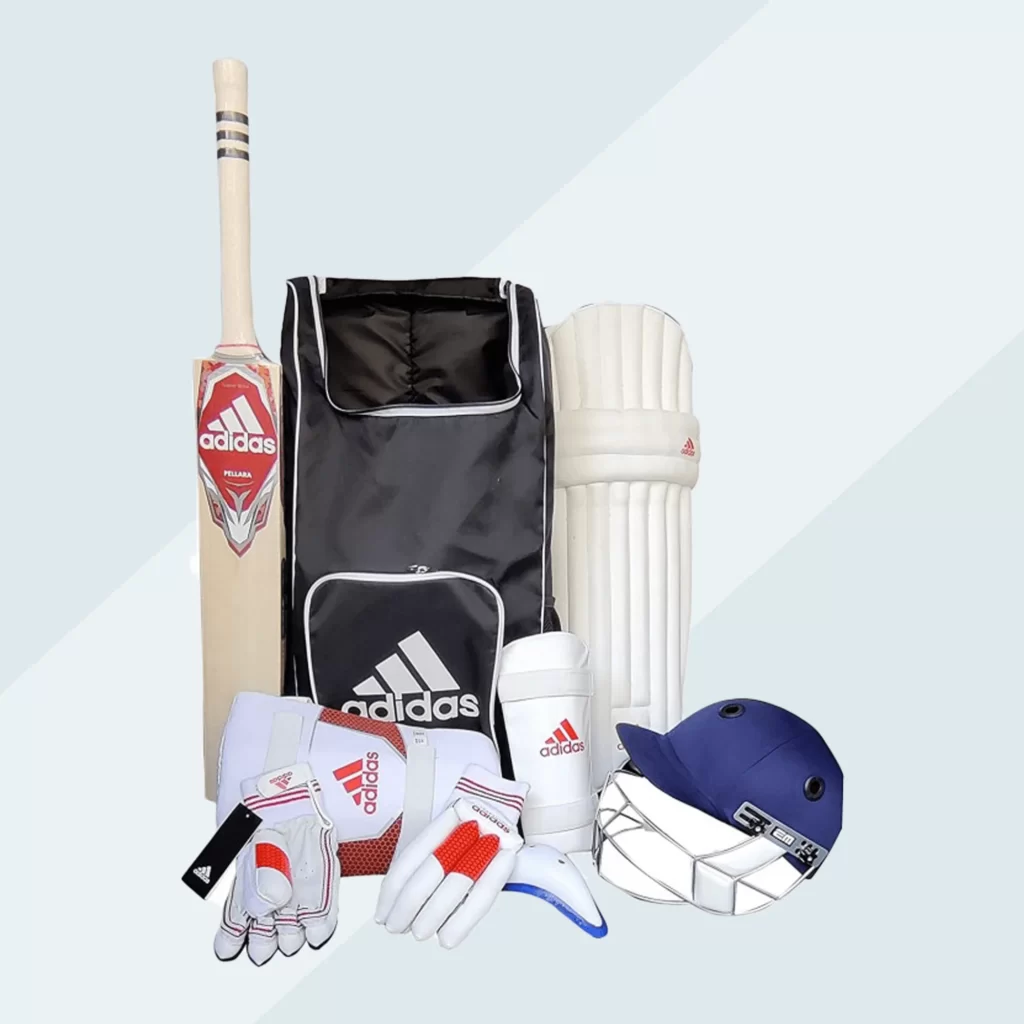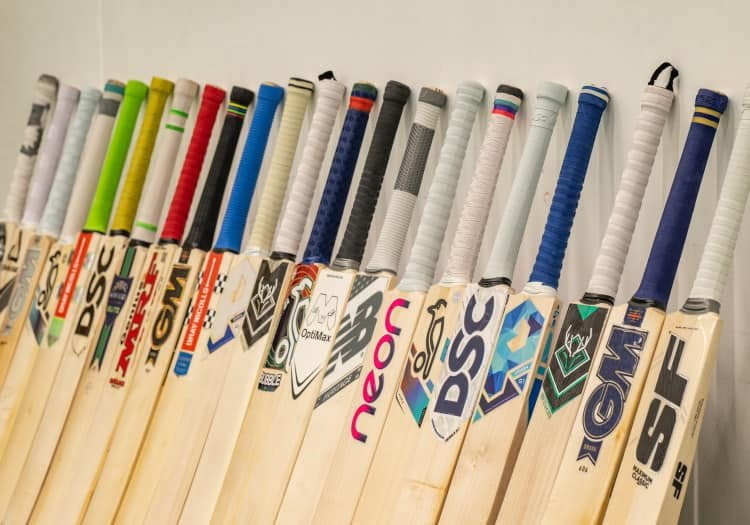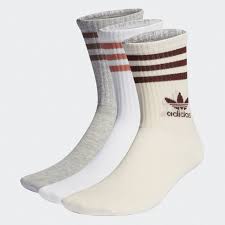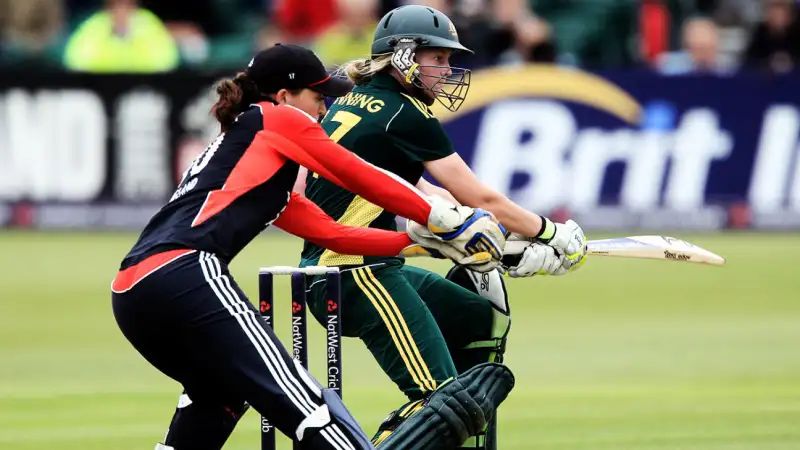What are the best tennis balls for each surface?

The best tennis balls

The best tennis balls Is there such a thing? Or is it possible to simply play with anything as long as it is spherical and coated in felt?
The simple answer is that it largely depends on personal preference, although there are some balls you should avoid, some that are better suited to particular surfaces, and some that are higher quality than others.
How are tennis balls manufactured?

As you may have read in a previous piece on our blog, Real Tennis in the 1870s gave rise
to Lawn Tennis, or the game as we know it today. The characteristics of the balls continue to be one of the key differences between the two games: Tennis balls feature a rubber core, although real tennis balls are typically formed from a spherical stitched envelope of leather or fabric filled with rags, horsehair, or other similar materials.
Charles Goodyear invented the vulcanisation (hardening of rubber) manufacturing method in the 1850s
and used it to produce tennis balls. Tennis balls were only made of rubber during this time period, however flannel coverings sewed around the outside of the balls increased their playing and wearing characteristics ‘Core’ made of rubber. The core was made hollow and pressurized with gas in the following innovation.
Around then, the center production depended on the ‘clover-leaf’ rule by which an uncured elastic sheet was stepped
into a shape looking like a three-leaf clover and this was collected into a generally round space by hardware adjusted
for the reason. Synthetics creating compressing gas were added preceding fixing the elastic and these were enacted while embellishing the center to a round shape in warmed cavities.
The interaction was utilized for a long time until the accuracy of the game requested a more serious level
of consistency (especially connecting with wall thickness) than could be obtained with the clover-leaf technique.
Presently the assembling system encomapasses forming two separate ‘portions of shells’ which
are gathered into one spot to create a ‘center’. The first wool fabric was supplanted by extraordinary ‘melton’ material made explicitly for the Grass Tennis and the sewing has been supplanted by a vulcanized elastic crease.
Tennis balls have been developed more than ever before
In short, the development has been minor and changes in determinations have been uncommon. A 1925 decision proclaimed that tennis balls should skip 53 to 58 inches when dropped from 100 inches. That guideline has not changed.
The greatest visual change came in 1972 when most competitions changed to yellow balls from white ones since
they stood apart more on TV. In any case, Wimbledon stayed with white balls until 1986 (debases were additionally created all at once in the early long periods of Yard Tennis).
During the 1980s, metal jars gave way to plastic (albeit the pattern has as of late been switching), and high-height balls, which bob less, made their introduction.
Today one of the leftover peculiarities is that a few locales supply jars with 4 balls (for example the UK)
though others simply give 3 balls (for example North America).
What is the specialty of a tennis ball
The ITF maintains a long list of “approved balls” of which around 200 brands are represented (!).
Regardless of location and type of terrain, players have a variety of balls available, in addition to the
standard ball (type 2). The slightly firmer, fast ball (Class 1) is intended for use on “slower” court surfaces and the larger, slow ball (Class 3) is intended for use on faster courts.
The rules require the ball diameter to be between 2.57 and 2.70 inches, but each manufacturer can choose its own felt composition and weave (usually a blend of nylon and wool ). Additionally, the mass of a bullet can vary from 56 grams to 59.4 grams, which is a significant change.
